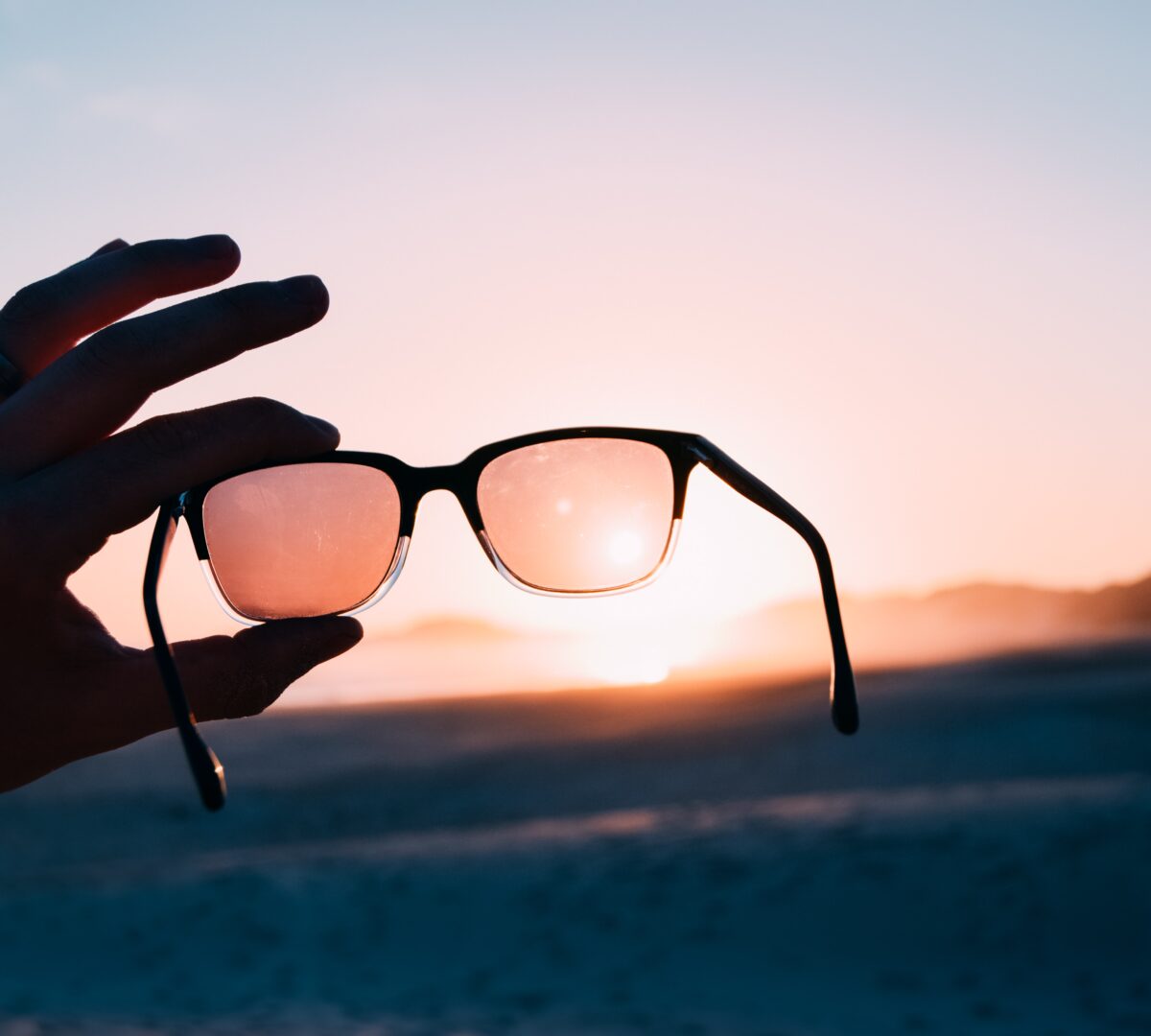
Sunglasses and Technology: Polarized lenses are a mistery for many people doing sport
Millions of trendy people practice sports and among these, many wear glasses; therefore, it is necessary to consider the relationship between lens grading and physical activity, despite the fact that many people remove their glasses before doing sports.
According to some surveys, about 40% of those who suffer from ametropia are used to training without glasses; it is useful to know that there are glasses designed specifically for sports, which ensure rapid adaptation of the eyes to changes in light of the surrounding environment.
Both in the case of professional and amateur sport, it is therefore advisable to use sports glasses with polarized lenses.
Light Polarization
Polarized lenses are used to improve vision by mitigating the annoying reflections caused by the glare of sunlight, natural light is not polarized and travels in the form of waves moving by oscillation in all directions, when a light ray comes into contact with a reflective surface undergoes a process of polarization.
As a result of this phenomenon, the light begins to move according to two planes: a vertical and a horizontal one; while in the first case we get a good vision, in the second one, from the contact with a surface such as water, snow, asphalt, grass or sand, we create the reflection and the consequent dazzling of the view.
The strong brightness also produces an annoying halo clear and often blinding that confuses the vision of the objects. This phenomenon tends to cover the entire field of vision resulting in a sharp reduction in visibility with distortion of colors and images and especially causing an obvious eye fatigue due to the fact that the eye is forced to continuously adapt to different light conditions, through mechanisms of papillary expansion and contraction.
How do polarized lenses work?
Polarized lenses reduce, and in some cases eliminate, the perception of reflected light responsible for glare, ensuring clear and precise vision, minimizing eye fatigue processes and providing complete protection against UV rays.
They also screen out mirror images that can obscure vision when the sun’s rays hit the surface of the asphalt, which is extremely reflective and dangerous while driving.
Another useful function of these devices is to increase the contrast of the images that thus appear sharper and better defined. These lenses are recommended for all models of sports goggles and are available in many color shades: brown, gray, green and pink, depending on the needs and personal tastes.
UV ray protection
One of the most important performance characteristics of sports eye-wear is UV protection.The eyes can also be damaged by prolonged exposure to UV rays; this is evident because after many hours of exposure to the sun without any protection, the eyes burn. This process can be painful, your eyes may tear or show extreme dryness.
In fact, an intense irradiation can involve irritative phenomena on the conjunctiva and the cornea, which in the worst cases even affect the retinal cells, which may be destroyed; in case of cataract, the sun rays increase the process of making darker your crystalline lens.
For all these reasons, UV protection is mandatory to ensure the health of the eyes. It must be remembered that even in the shade about 90% of the rays reach the eyes, as well as the light reflections on the water are active for more than 70%; moreover, if the sky is covered by clouds, the sun’s rays are able to cross them, reaching the face.
When choosing lenses that protect from UV radiation, it is necessary to select the most suitable filter, analyzing the intensity of the color gradation of the lens, in relation to different environmental conditions.
In some cases, it is recommended to use special lenses with a very high protection for UV 400 rays, when it is assumed to come into contact with extreme climatic situations, such as high mountains or very sunny environments.
It should be remembered that the color of the lenses has nothing to do with UV protection, in fact, dark lenses do not necessarily protect from these radiations, being only the filter to perform this action.
A final factor to be evaluated is the ozone layer which represents another potentially very dangerous risk for the health of the eyes; therefore, when choosing glasses one must keep in mind the need to protect the eyes from this harmful gas.
Features of sports glasses
Sports eye-wear, regardless of the type of discipline that is practiced, must adapt to the specific needs of the subject, to provide protection, visual clarity and extreme adaptability to changes in light sources.
During the practice of sports, it is very easy to perceive changes in the surrounding reality; just think of cycling, running and motorcycling, which are disciplines in which there is a continuous modification of visual perspectives.
In swimming, on the other hand, it is essential to take into account the presence of a different refractive medium from the aerial one, since the eye is constantly in contact with water. In skiing, it is necessary to evaluate the importance of climatic rigidity and the presence of reflective surfaces such as snow and ice.
Wearing a pair of goggles during sports practice has proven to be of enormous benefit in order to have a “quick eye”, which consists of an effective adaptation of visual acuity; in fact, the spatial and peripheral capabilities of the eye play a major role in ensuring proper vision, particularly during indoor sports.
For outdoor sports activities, it is advisable to use lenses that protect against both UV rays and wind (ski goggles) and chlorine and salt water (swimming goggles); these are ergonomically shaped goggles that can also be worn under a helmet and generally have polarized lenses.